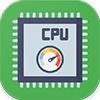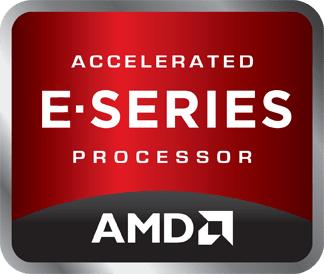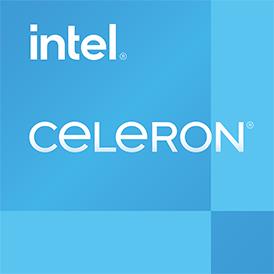 Geekbench 3, 64bit (Multi-Core)
Geekbench 3, 64bit (Multi-Core)
|
|
Intel Celeron J1900
4C 4T @ 2.0 GHz
|
3180
|
|
|
AMD E-450
2C 2T @ 1.65 GHz
|
1136
|
 Estimated results for PassMark CPU Mark
Estimated results for PassMark CPU Mark
|
|
Intel Celeron J1900
4C 4T @ 2.0 GHz
|
1139
|
|
|
AMD E-450
2C 2T @ 1.65 GHz
|
431
|
 Geekbench 3, 64bit (Single-Core)
Geekbench 3, 64bit (Single-Core)
|
|
Intel Celeron J1900
4C 4T @ 2.0 GHz
|
961
|
|
|
AMD E-450
2C 2T @ 1.65 GHz
|
622
|
 Geekbench 5, 64bit (Multi-Core)
Geekbench 5, 64bit (Multi-Core)
|
|
Intel Celeron J1900
4C 4T @ 2.0 GHz
|
786
|
|
|
AMD E-450
2C 2T @ 1.65 GHz
|
220
|
 Cinebench R20 (Multi-Core)
Cinebench R20 (Multi-Core)
|
|
Intel Celeron J1900
4C 4T @ 2.0 GHz
|
294
|
|
|
AMD E-450
2C 2T @ 1.65 GHz
|
59
|
 Geekbench 5, 64bit (Single-Core)
Geekbench 5, 64bit (Single-Core)
|
|
Intel Celeron J1900
4C 4T @ 2.0 GHz
|
228
|
|
|
AMD E-450
2C 2T @ 1.65 GHz
|
122
|
 iGPU - FP32 Performance (Single-precision GFLOPS)
iGPU - FP32 Performance (Single-precision GFLOPS)
|
|
AMD E-450
2C 2T @ 1.65 GHz
|
81
|
|
|
Intel Celeron J1900
4C 4T @ 2.0 GHz
|
55
|
 Cinebench R20 (Single-Core)
Cinebench R20 (Single-Core)
|
|
Intel Celeron J1900
4C 4T @ 2.0 GHz
|
69
|
|
|
AMD E-450
2C 2T @ 1.65 GHz
|
48
|
 Cinebench R11.5, 64bit (iGPU, OpenGL)
Cinebench R11.5, 64bit (iGPU, OpenGL)
|
|
AMD E-450
2C 2T @ 1.65 GHz
|
8.4
|
|
|
Intel Celeron J1900
4C 4T @ 2.0 GHz
|
7.7
|
 Cinebench R11.5, 64bit (Multi-Core)
Cinebench R11.5, 64bit (Multi-Core)
|
|
Intel Celeron J1900
4C 4T @ 2.0 GHz
|
1.8
|
|
|
AMD E-450
2C 2T @ 1.65 GHz
|
0.6
|
 Cinebench R11.5, 64bit (Single-Core)
Cinebench R11.5, 64bit (Single-Core)
|
|
Intel Celeron J1900
4C 4T @ 2.0 GHz
|
0.5
|
|
|
AMD E-450
2C 2T @ 1.65 GHz
|
0.3
|

